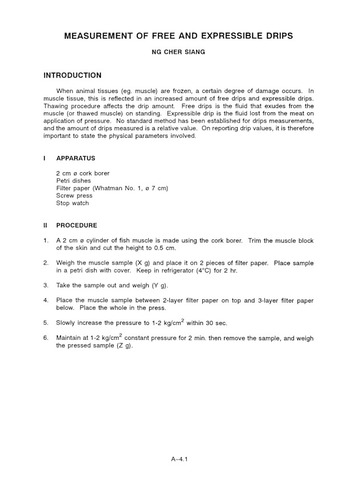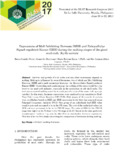| dc.contributor.author | Ayson, Felix G. | |
| dc.contributor.author | de Jesus, Evelyn Grace T. | |
| dc.contributor.author | Moriyama, Shunsuke | |
| dc.contributor.author | Hyodo, Susumu | |
| dc.contributor.author | Funkenstein, Bruria | |
| dc.contributor.author | Gertler, Arieh | |
| dc.contributor.author | Kawauchi, Hiroshi | |
| dc.date.accessioned | 2014-01-17T03:55:14Z | |
| dc.date.available | 2014-01-17T03:55:14Z | |
| dc.date.issued | 2002 | |
| dc.identifier.citation | Ayson, F. G., de Jesus, E. G. T., Moriyama, S., Hyodo, S., Funkenstein, B., Gertler, A., & Kawauchi, H. (2002). Differential expression of insulin-like growth factor I and II mRNAs during embryogenesis and early larval development in rabbitfish, Siganus guttatus. General and Comparative Endocrinology, 126(2), 165-174. | en |
| dc.identifier.issn | 0016-6480 | |
| dc.identifier.uri | http://hdl.handle.net/10862/1918 | |
| dc.description.abstract | In rodents, the expression of insulin-like growth factor II (IGF-II) is higher than that of insulin-like growth factor I (IGF-I) during fetal life while the reverse is true after birth. We wanted to examine whether this is also true in fish and whether IGF-I and IGF-II are differentially regulated during different stages of embryogenesis and early larval development in rabbitfish. We first cloned the cDNAs of rabbitfish IGF-I and IGF-II from the liver. Rabbitfish IGF-I has an open reading frame of 558 bp that codes for a signal peptide of 44 amino acids (aa), a mature protein of 68 aa, and a single form of E domain of 74 aa. Rabbitfish IGF-II, on the other hand, has an open reading frame of 645 bp that codes for a signal peptide of 47 aa, a mature protein of 70 aa, and an E domain of 98 aa. On the amino acid level, rabbitfish IGF-I shares 68% similarity with IGF-II. We then examined the relative expression of the two IGFs in unfertilized eggs, during different stages of embryogenesis, and in early larval stages of rabbitfish by a semiquantitative reverse transcription-polymerase chain reaction. Primers that amplify the mature peptide region of both IGFs were used and PCR for both peptides was done simultaneously, with identical PCR conditions for both. The identity of the PCR products was confirmed by direct sequencing. Contrary to published reports for seabream and rainbow trout, IGF-I mRNA was not detected in rabbitfish unfertilized eggs; it was first expressed in larvae soon after hatching. IGF-II mRNA, however, was expressed in unfertilized eggs, albeit weakly, and was already strongly expressed during the cleavage stage. mRNAs for both peptides were strongly expressed in the larvae, although IGF-II mRNA expression was higher than IGF-I expression. | en |
| dc.description.sponsorship | This work was supported in part by USAID (Grant No. TA-MOU-99-C19-001, Program in U.S.–Israel Cooperative Development Research Program, Economic Growth). | en |
| dc.language.iso | en | en |
| dc.publisher | Academic Press | en |
| dc.subject | Siganus guttatus | en |
| dc.subject | cDNA cloning | en |
| dc.subject | IGF-I | en |
| dc.subject | growth control | en |
| dc.subject | IGF-II | en |
| dc.subject | mRNA expression | en |
| dc.subject | Rabbitfish | en |
| dc.title | Differential expression of insulin-like growth factor I and II mRNAs during embryogenesis and early larval development in rabbitfish, Siganus guttatus | en |
| dc.type | Article | en |
| dc.citation.volume | 126 | |
| dc.citation.issue | 2 | |
| dc.citation.spage | 165 | |
| dc.citation.epage | 174 | |
| dc.citation.journalTitle | General and Comparative Endocrinology | en |
| dc.subject.asfa | embryonic development | en |
| dc.subject.asfa | gene expression | en |
| dc.subject.asfa | genes | en |
| dc.subject.asfa | larval stage | en |
| dc.subject.asfa | RNA | en |
| dc.identifier.doi | 10.1006/gcen.2002.7788 | |



